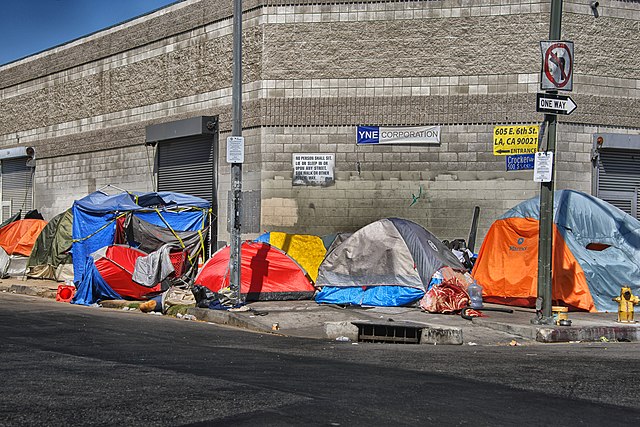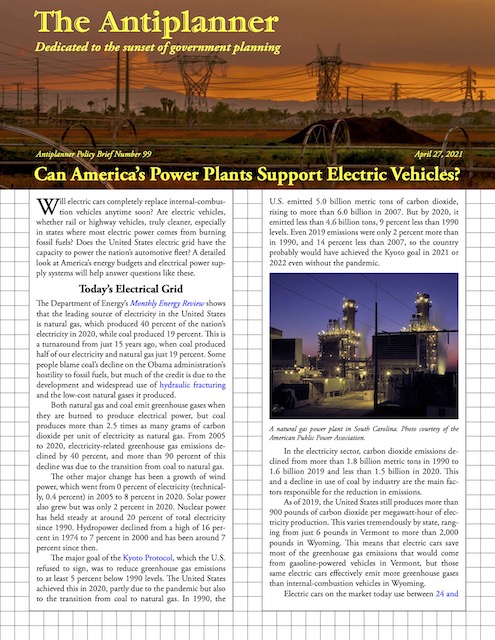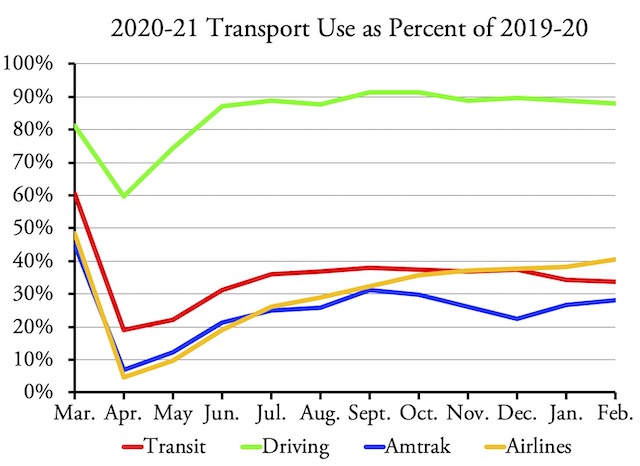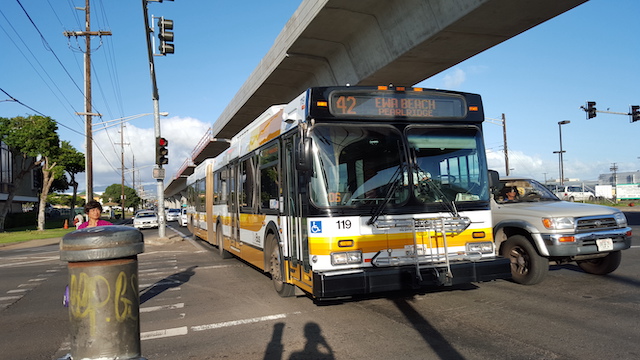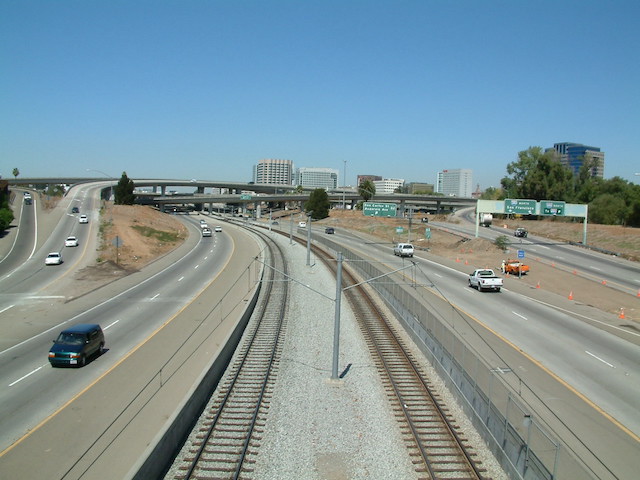Rail advocates like to claim that the introduction of high-speed trains has led to a cessation of airline service, apparently to show that high-speed trains can compete against faster planes. While this may have happened on a few routes, European air travel before the pandemic was growing far faster than rail travel. For example, in France, Germany, Italy, and Spain — the main European countries with high-speed rail — rail travel between 2011 and 2019 grew by 14 percent while air travel grew by 34 percent. No European country saw rail travel grow faster than air travel.
The government of France has found a solution to for-profit airlines outcompeting government-subsidized trains: ban the competing air travel. Under a law passed earlier this month, airlines will not be allowed to operate on routes that trains can serve in less than two-and-a-half hours. If high-speed trains were able to compete on their own, they wouldn’t need such a law.
Of course, French politicians justified this law based on the supposed savings in carbon emissions. But conventional trains are only a little more energy efficient than planes, and high-speed trains require well over 50 percent more energy, per train-car-mile, than conventional trains. Passenger occupancies also tend to be much higher on planes than trains — typically 85 percent vs. 50 percent — because planes usually operate in non-stop service while trains make many stops, so the size of planes can be set to demand while trains must be sized to fit the portion of the journey where demand is highest. Continue reading

